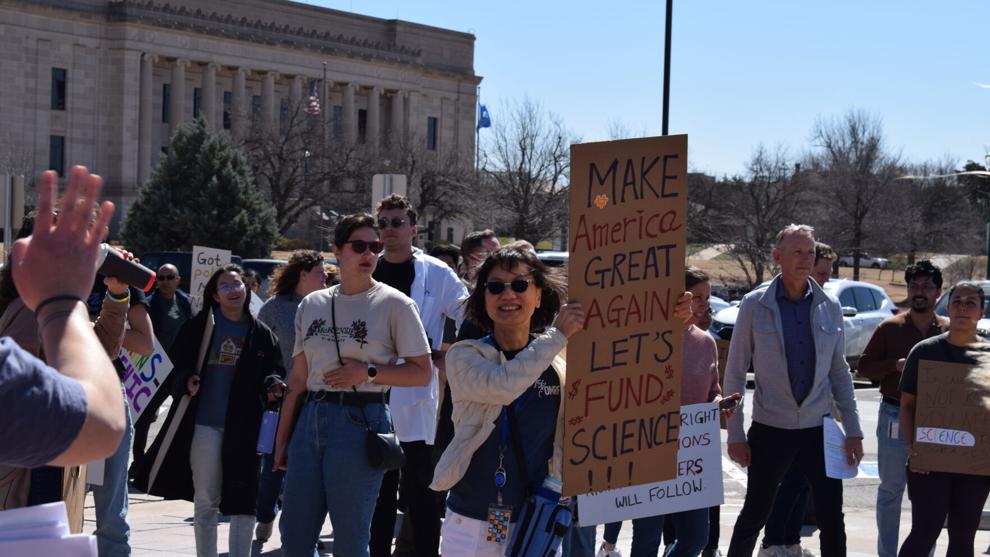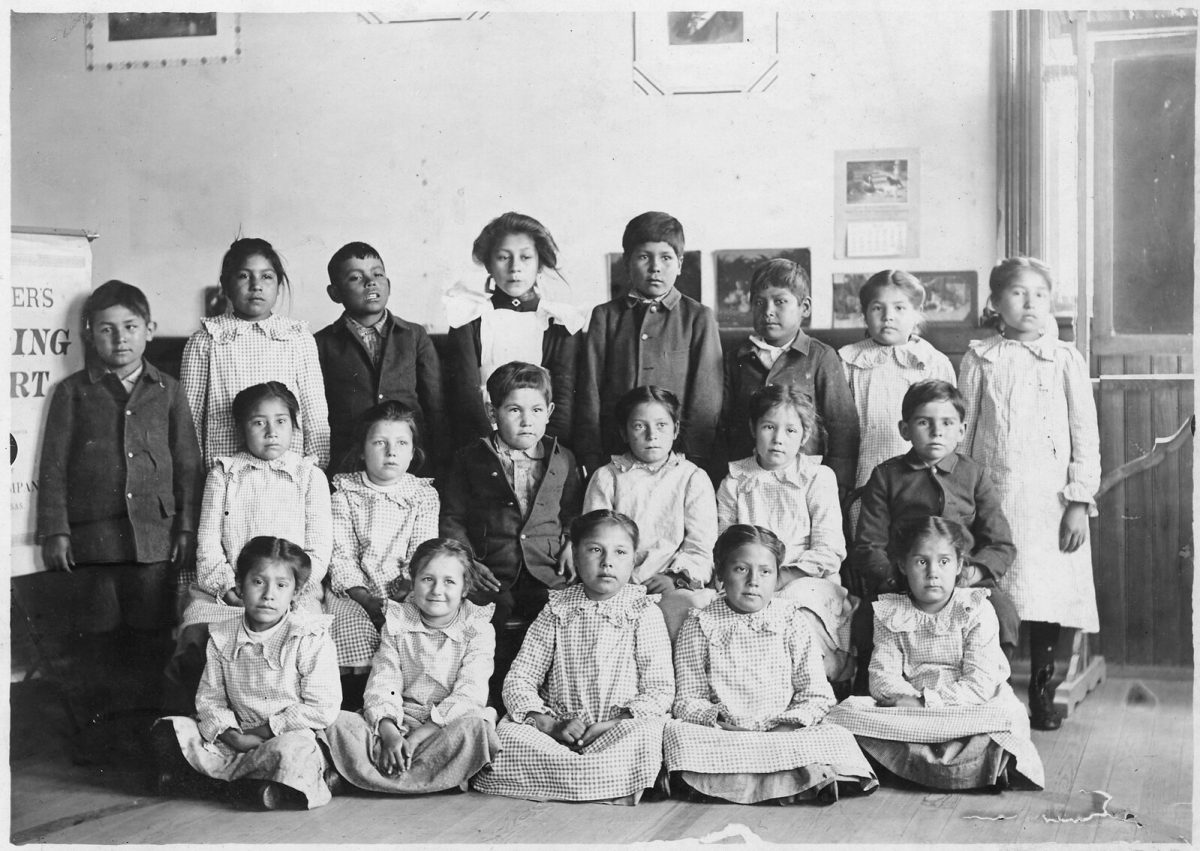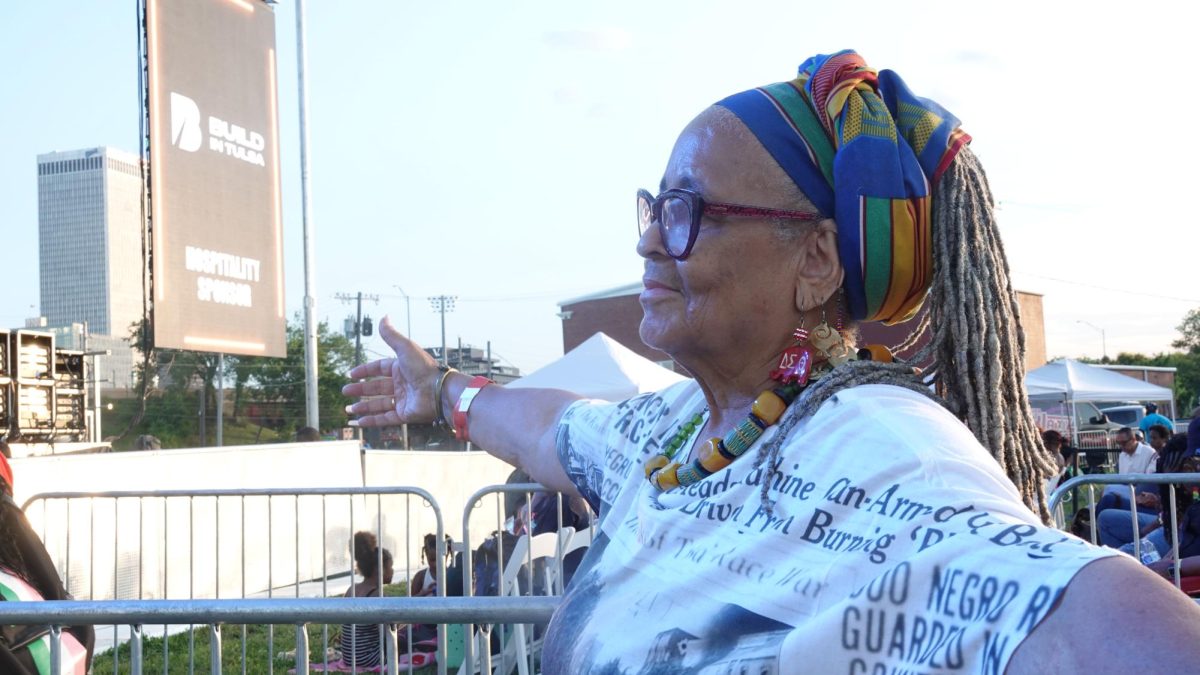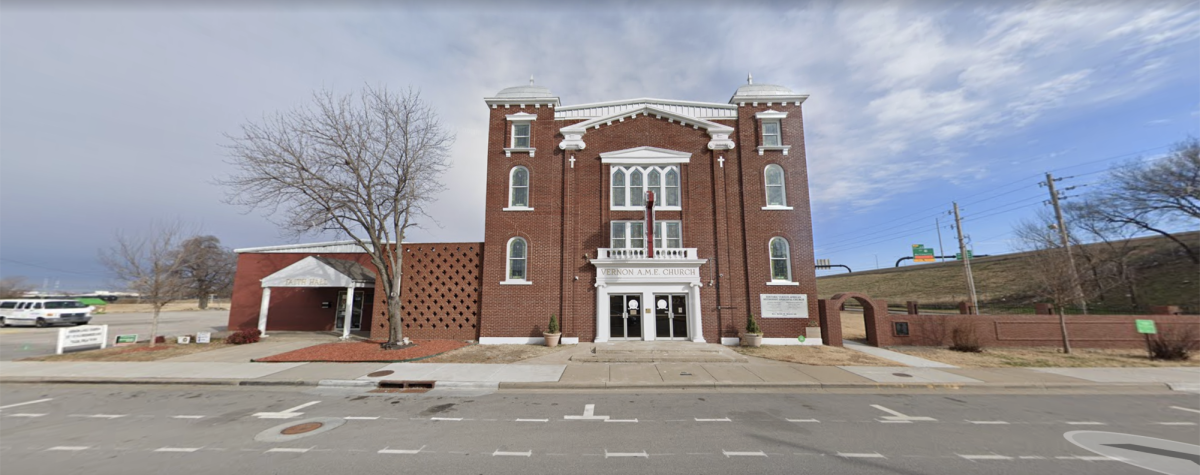WASHINGTON – Tribal leaders are concerned about the potential revamp of FEMA under an executive order from President Trump, which could include eliminating grants and slowing funding timelines, directly impacting the tribes’ preparation for Oklahoma’s historically destructive storms.
This comes just months after FEMA signed a significant agreement with the Cherokee Nation to help lead disaster response teams across the U.S—the first tribal nation to do so. The agreement recognized the Cherokee tribe as a partner and emphasized tribal sovereignty.
Former Mississippi Gov. Phil Bryant, who sits on the review council, said tribal leaders are being consulted about the continued existence of FEMA.
“The Native American leadership told us of the concerns they had, but also offered their help and support,” Bryant said. “It was amazing to me to see the leaders of the tribes that were saying, ‘Don’t just call on us in times of tragedy, call on us if someone else has a tragedy, call on us to help.’”
Cherokee Nation Deputy Principal Chief Bryan Warner supported Bryant’s statements but expressed concerns about the council’s makeup.
“Tribal representatives shared a common concern: the lack of a tribal delegate on the review board. We have enjoyed a successful partnership with FEMA for many years, but collaboration requires tribal voices to be involved at the decision-making level,” said Warner.
Oklahoma Gov. Kevin Stitt announced his support for a plan to revamp the Federal Emergency Management Agency, the federal relief agency dedicated to disaster management, during a FEMA Council Review meeting held in August in Oklahoma City.
During the meeting, Stitt endorsed handing more power to the states and handling relief efforts through flexible block grants to replace the current FEMA structure, with federal support present in the event of an extreme disaster.
“Topics included the pace of grant timelines and the possibility of eliminating infrastructure grants, which are critical to helping the communities across the Cherokee Nation Reservation prepare for emergencies,” said Warner.
The August meeting was the third for the council, with Stitt serving as a panel guest. No tribal leaders were included among the speakers despite 39 tribes being located in the state. Oklahoma has a long history of severe weather, most notably the 2013 Moore tornado, which caused $2 billion in damage. Although tornadoes are the most infamous of Oklahoma’s disasters, the state also experiences frequent wildfires, hailstorms, droughts and flooding.
Stitt also suggested raising the threshold that triggers federal relief funding. He said the current $7.45 million threshold for Oklahoma could be increased to $30 million for the state. The governor did not say what size block grant the state would need.
If the relief trigger were to rise, it could make it harder for tribes to receive federal emergency funding, as many might not reach that threshold, even during a major disaster. With the proposal of primary state relief, the implementation of block grants would risk the tribes being overlooked.
Previous meetings of the FEMA Review Council laid the groundwork for a debate about the agency’s future and raised concerns about disaster response time, especially in major cities; however, Native American stakeholders have become a more recent conversation.
Additional meetings have been scheduled with the tribes regarding the existence of FEMA.
The review council has not announced the next public meeting date. The council is expected to deliver its final report to Trump by November, in accordance with the executive order.
“Cherokee Nation will participate to ensure our perspectives are heard. The tribe’s current Memorandum of Understanding with FEMA underscores a history of cooperation, and we look forward to continuing this work to serve our people and neighbors in northeast Oklahoma,” said Warner.
Gaylord News is a reporting project of the University of Oklahoma Gaylord College of Journalism and Mass Communication. For more stories by Gaylord News go to GaylordNews.net.








